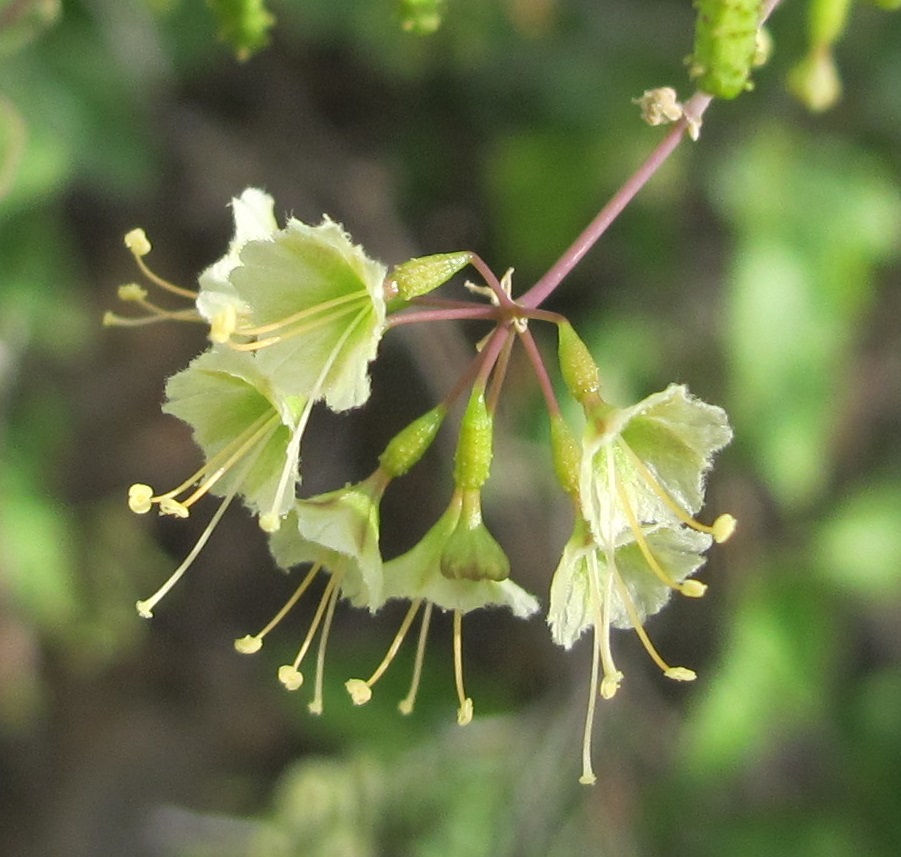Commicarpus
|
Family: Nyctaginaceae |
Herbs or shrubs, perennial, suffrutescent, glabrous or glabrate [pubescent], from stout, ± woody taproots. Stems decumbent to erect, often reclining on or clambering in other vegetation, unarmed, without glutinous bands on internodes. Leaves petiolate, thin, subequal in each pair, base ± symmetric. Inflorescences terminal and axillary, pedunculate, umbellate [capitate, verticellate]; bracts deciduous, 1 at base of each pedicel, distinct, narrowly lanceolate [ovate], thinly herbaceous. Flowers bisexual, chasmogamous; perianth radially symmetric, short funnelform or campanulate, constricted beyond ovary, tube flared to 5-lobed limb; stamens 2(-3)[-6], exserted; styles exserted beyond anthers; stigmas peltate. Fruits clavate, sometimes slightly curved, finely 10-striate or -ribbed, stiffly coriaceous, glabrous or minutely puberulent, with large stalked or subsessile, very sticky glands, especially near apex. Commicarpus is a pantropical genus of arid areas and is most diverse in Africa and the Middle East. A. Heimerl (1889) regarded it as Boerhavia sect. Adenophorae Heimerl. F. R. Fosberg (1978) argued for its continued placement within Boerhavia, particularly for nonspecialists, but most authors now recognize Commicarpus as distinct. As R. D. Meikle (1978) discussed, the funnelform perianth, the long-exserted stamens and style, the obscurely 10-ribbed, fusiform or clavate fruits with the large viscid glands, and the semiwoody nature of the plants all distinguish Commicarpus from Boerhavia.
|

